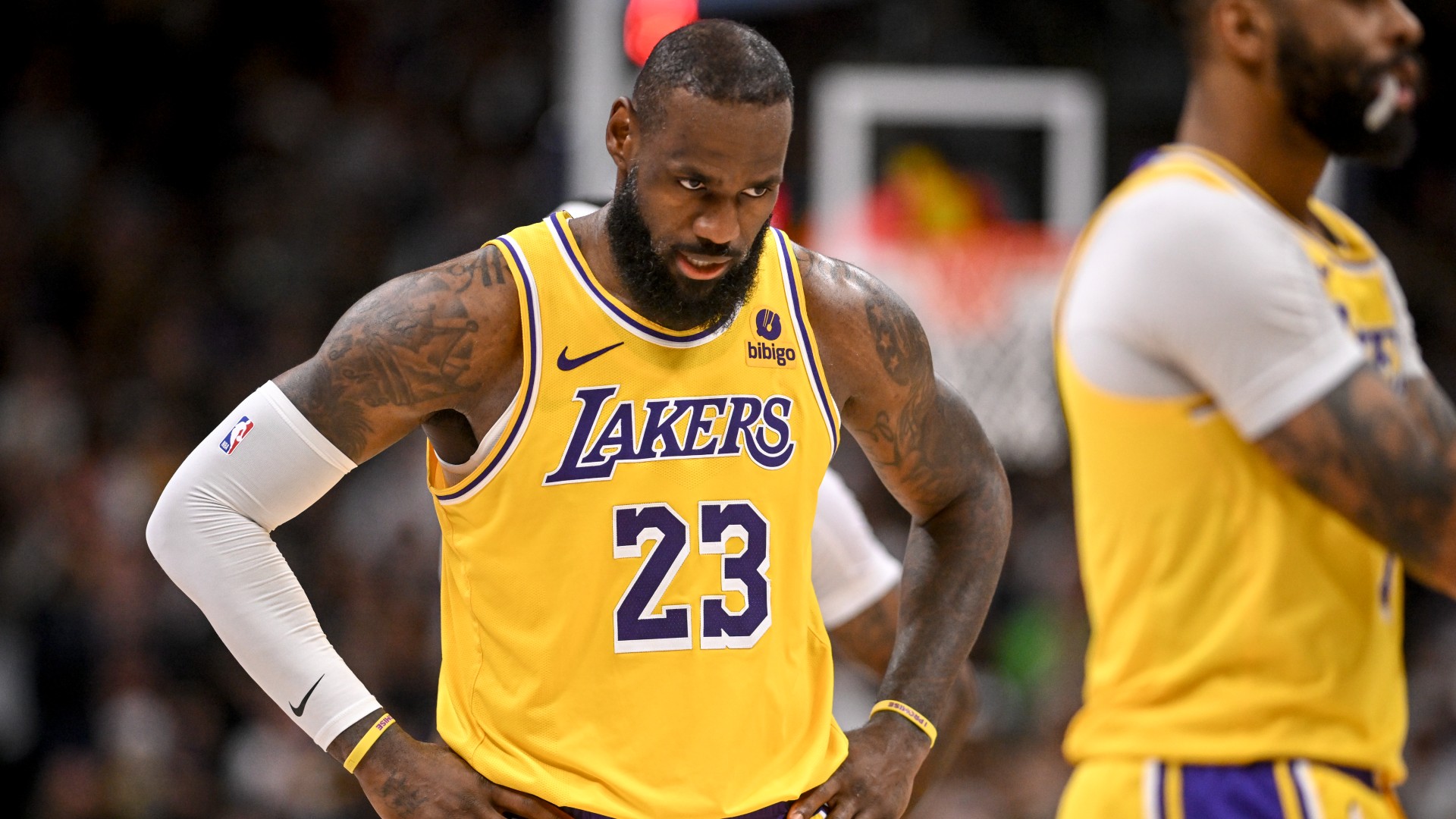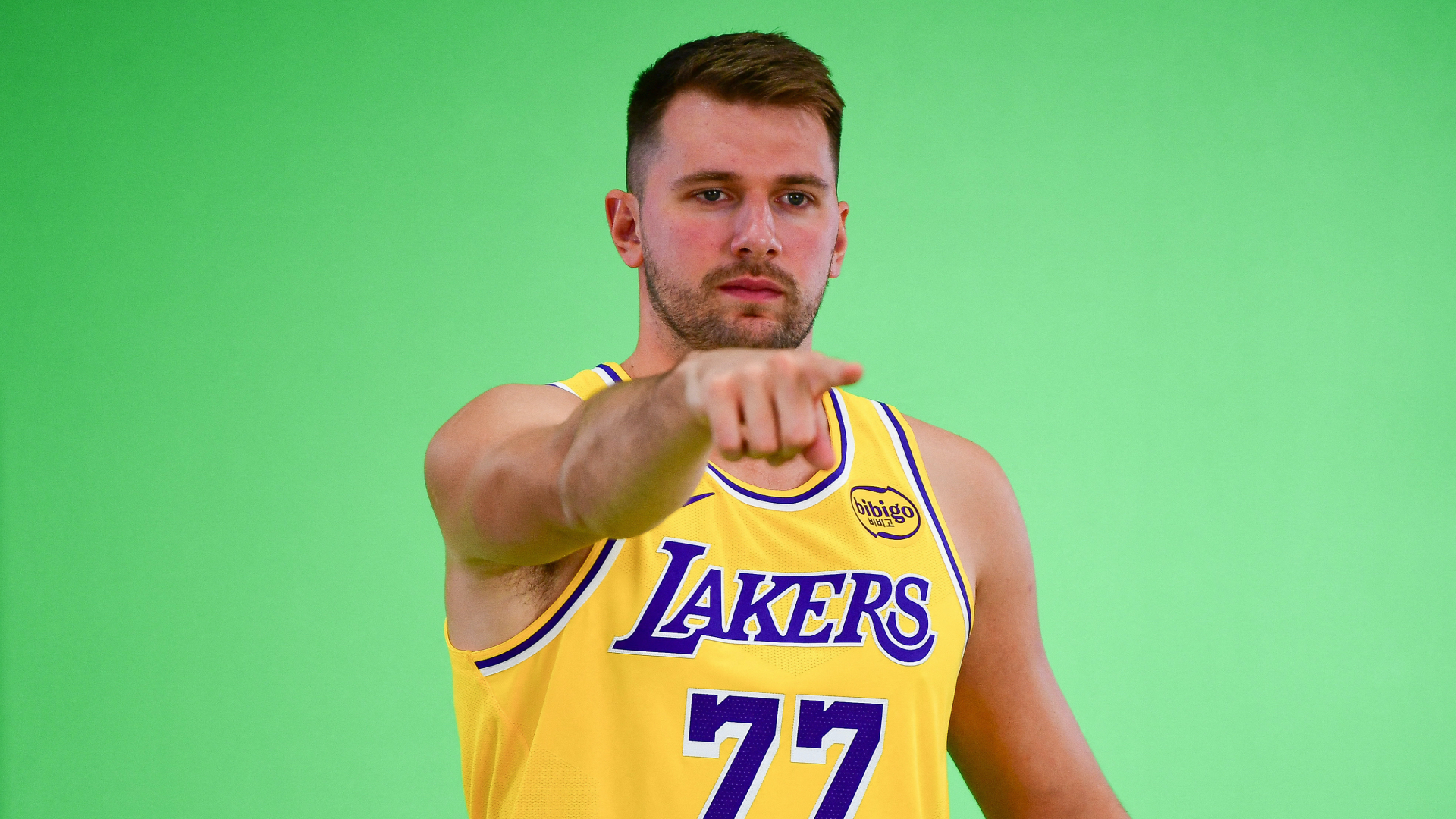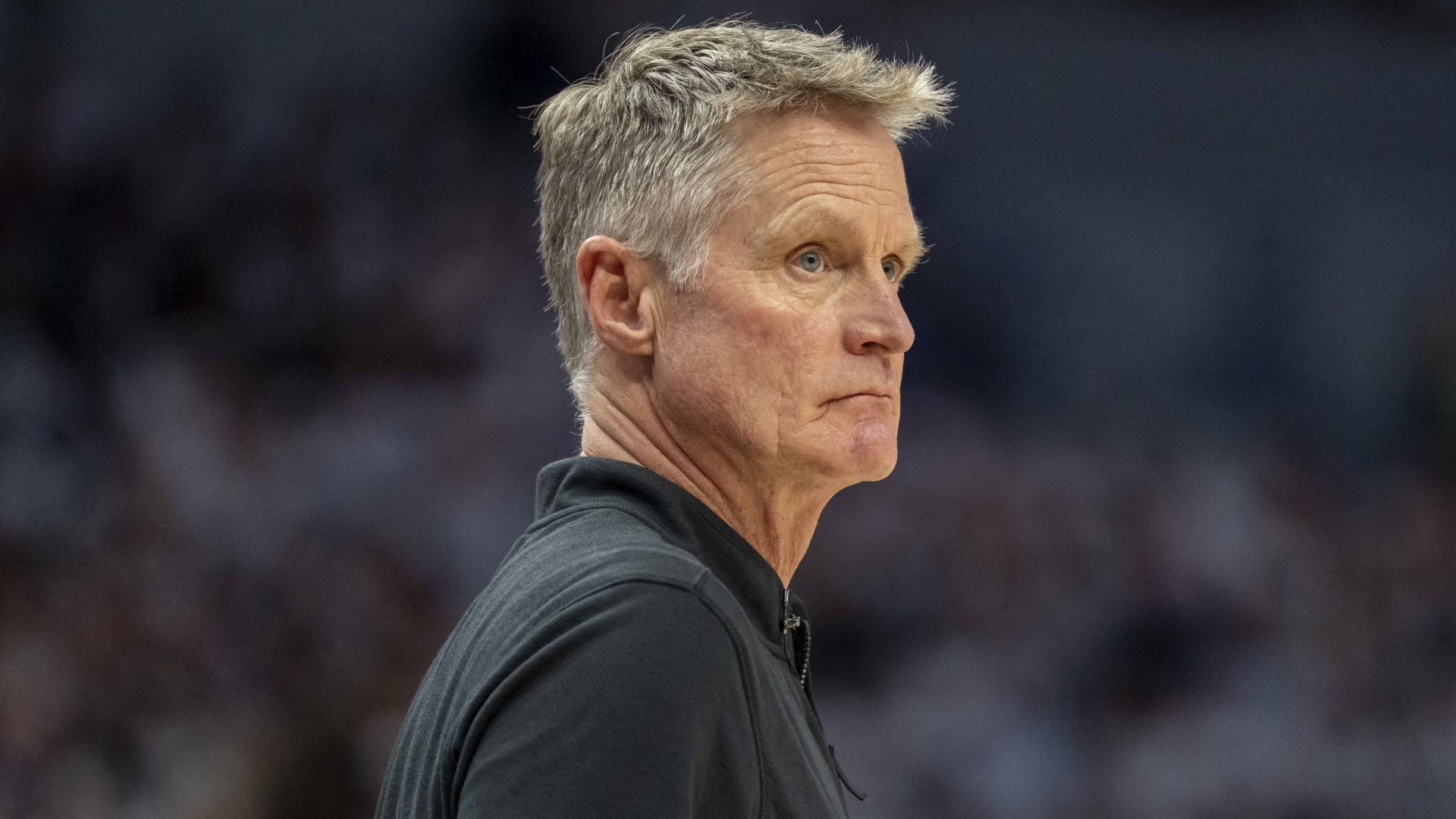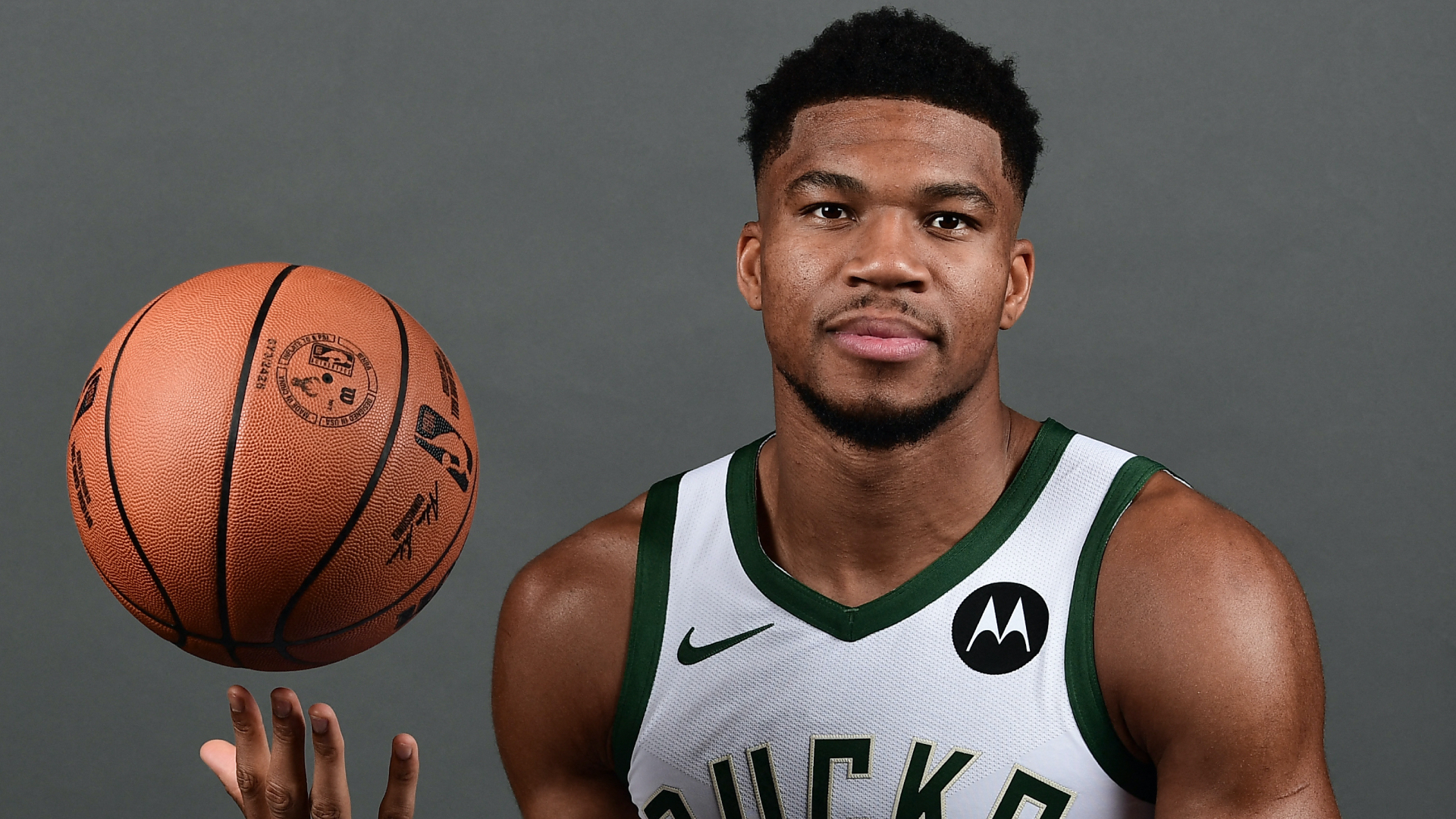Why Did the Golden State Warriors Waive Seth Curry Right After Signing Him?
Seth Curry’s release from the Warriors wasn’t a surprise, but a calculated move to navigate tight salary-cap restrictions ahead of the season.
The Golden State Warriors’ decision to waive Seth Curry just two weeks after signing him was not about performance but about mathematics.
The franchise currently has $206.3 million committed in active contracts, which is just below the second tax apron of $207.8 million, imposing strict spending restrictions.
Because Golden State used its taxpayer mid-level exception to sign veteran Al Horford, the team became hard-capped and could not add Curry’s veteran minimum salary without breaching the league’s spending limit.
This financial ceiling made the guard’s release unavoidable before the season opener. According to NBA insider Marc Stein, the Warriors always intended to revisit Curry’s contract later in the fall, once his salary becomes prorated and therefore more affordable.
Planned Reunion on the Horizon
The Warriors’ plan all along was to bring Curry back once the numbers align. Reports indicate Golden State can re-sign him as early as mid-November, when the prorated minimum will fit comfortably under their hard cap.
ESPN’s Anthony Slater confirmed that the move had been communicated internally, even to Stephen Curry himself, and that Seth remained part of the team’s larger vision.
Coach Steve Kerr emphasized that the decision was logistical, not performance-related. “I’m not worried about Seth,” he said this week, reiterating that Curry’s experience and shooting will become valuable later in the season.
Seth, a career 43.3% three-point shooter—ranking among the league’s top marksmen—shot an impressive 45.6% from deep last season with the Charlotte Hornets.
The Long-Awaited Curry Pairing

Perhaps the most anticipated storyline is what lies ahead once Seth returns. His eventual signing will mark the first time the Curry brothers share an NBA roster.
Playing alongside Stephen, Seth’s perimeter accuracy and off-ball movement could fit seamlessly into Golden State’s offensive rhythm, giving Steve Kerr a flexible and sharpshooting second-unit guard capable of lifting lineups without disrupting chemistry.
For Golden State, waiting a few extra weeks might prove a small price to pay for a historic family moment and a boost to their spacing in the heart of the season.






















